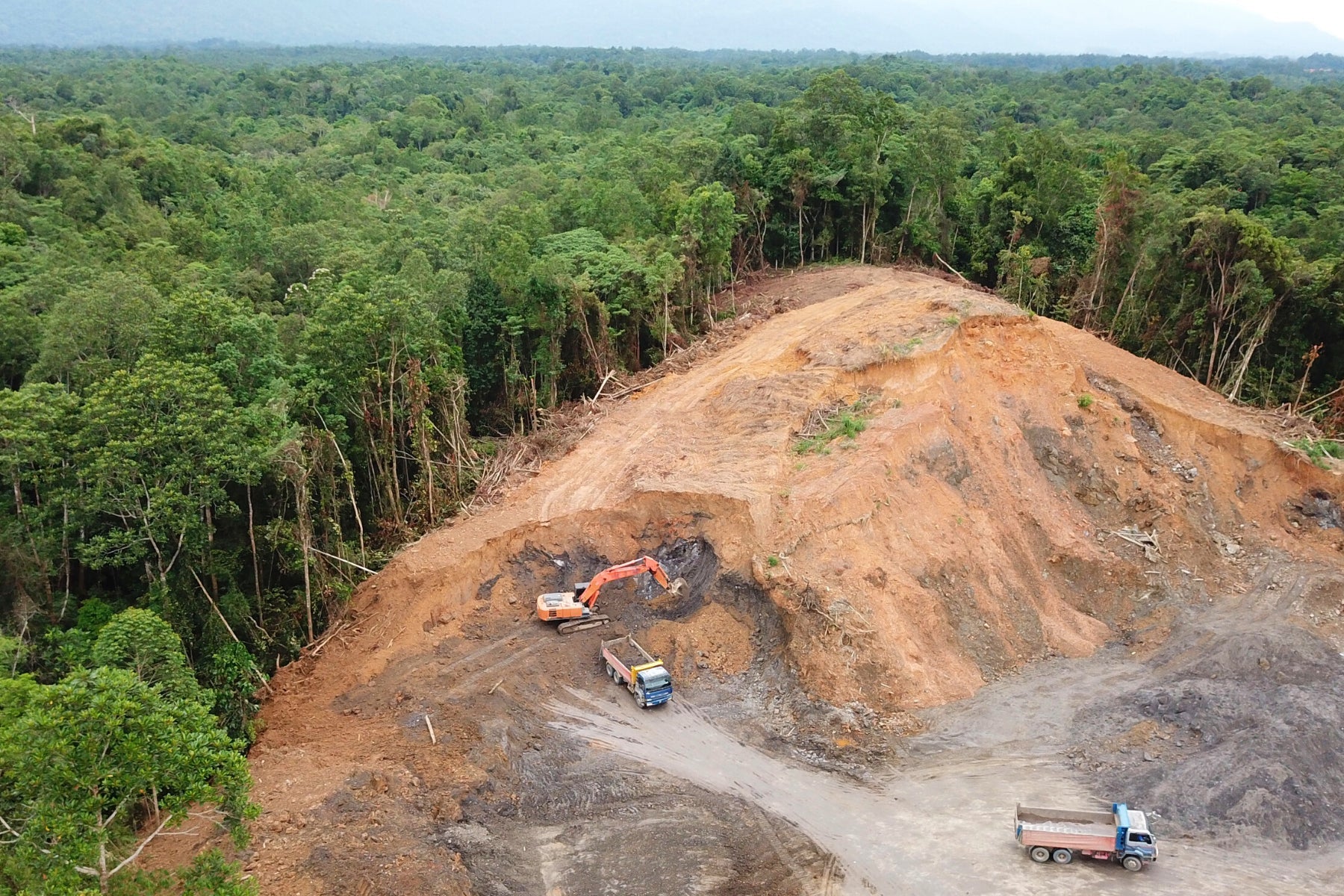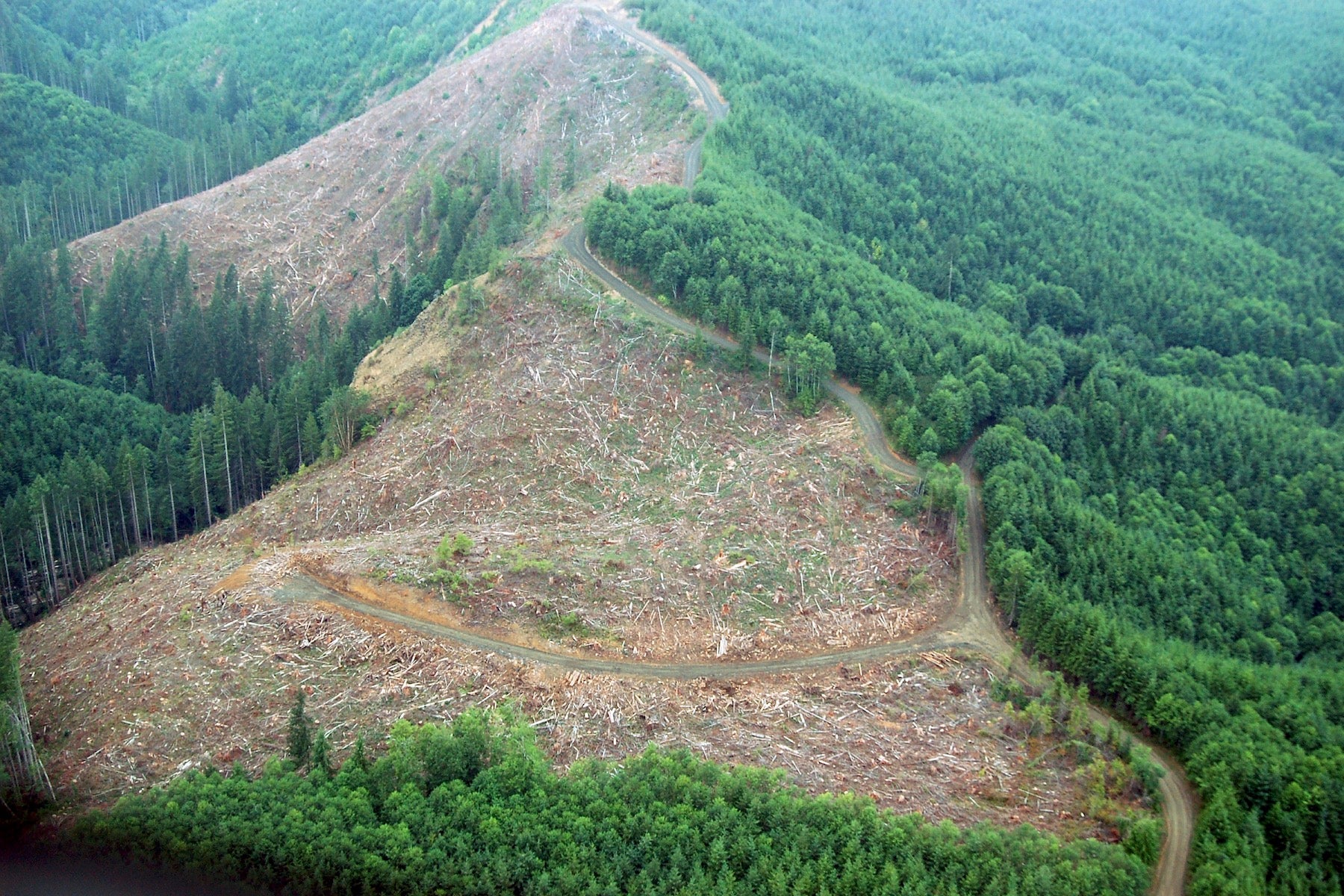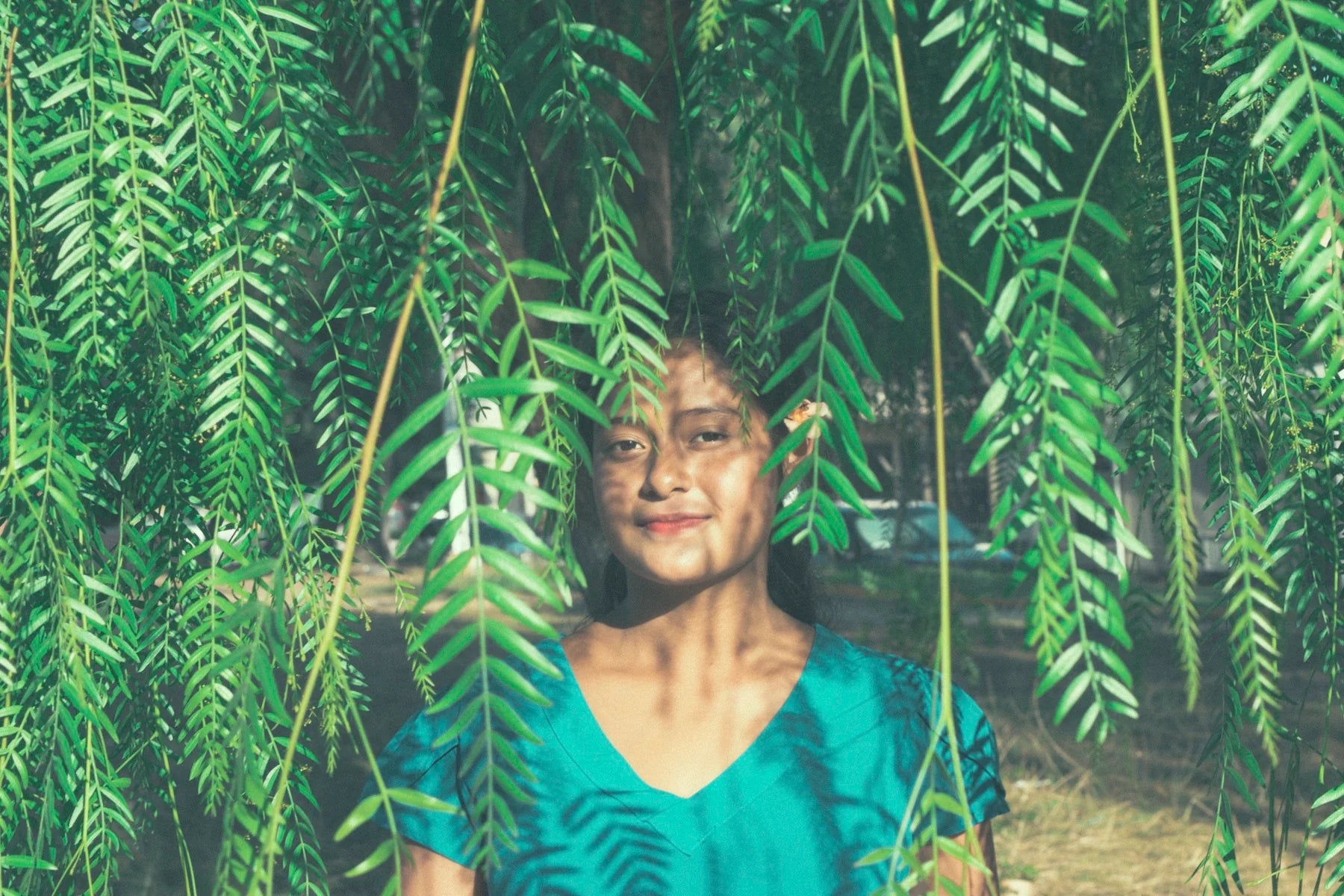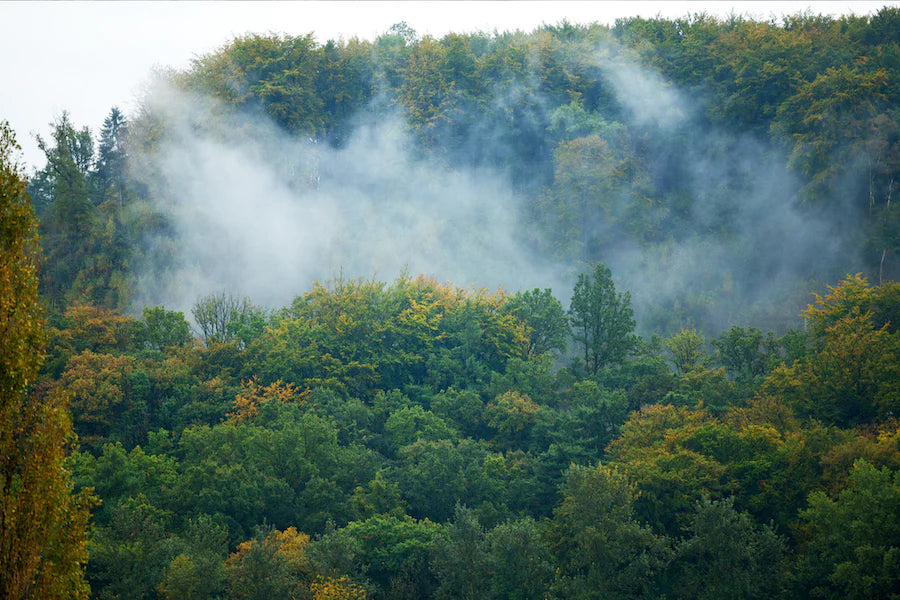Plant Trees

Give back to nature this Giving Tuesday - Plant a tree today!
About
Stay up to date on major announcements, exciting collaborations, and more. Visit our Newsroom
We make it simple for anyone to plant trees, and together we can make an incredible impact. Learn more

Stay up to date on major announcements, exciting collaborations, and more. Visit our Newsroom

We make it simple for anyone to plant trees, and together we can make an incredible impact. Learn more
Get Involved
Become a business partner to improve your company’s sustainability initiatives and make an impact. Learn more
See how your support and leadership can help us fund reforestation efforts across the globe. Learn more

Become a business partner to improve your company’s sustainability initiatives and make an impact. Learn more

See how your support and leadership can help us fund reforestation efforts across the globe. Learn more
Learn
Read about stories from the field, interesting facts about trees and get your healthy dose of nature. Visit our blog
Comprised of lesson plans, learning modules, resources, and activities, our T.R.E.E.S. School Program is the perfect addition to your curriculum. Learn more

Read about stories from the field, interesting facts about trees and get your healthy dose of nature. Visit our blog

Comprised of lesson plans, learning modules, resources, and activities, our T.R.E.E.S. School Program is the perfect addition to your curriculum. Learn more
Shop
Our fan-favorite Reforestation T-Shirt. Wear it with pride to show your support of reforesting our planet, one tree at a time. Shop now
Give the gift that lasts a lifetime! Choose an image, write your personalized message and select a delivery date to gift a tree. Gift a tree

Our fan-favorite Reforestation T-Shirt. Wear it with pride to show your support of reforesting our planet, one tree at a time. Shop now

Give the gift that lasts a lifetime! Choose an image, write your personalized message and select a delivery date to gift a tree. Gift a tree
Get Involved
Plant Trees
Get news, updates, & event Info delivered right to your inbox:
Why Are Trees Important? 27 Facts That Prove They Are Essential For Life On Earth
Forests are so much more than a collection of trees. They are complex living worlds that encompass intertwined layers of life and are adapted to diverse landscapes and climates. They are also nature’s great providers: the benefits of trees include pulling carbon from the atmosphere and sequestering it via photosynthesis, filtering and absorbing air pollutants, releasing clean oxygen for us to breathe, providing habitat and food for wildlife, stabilizing soils, growing food and medicine, protecting us from harmful UV rays, acting as natural air conditioners, securing our freshwater supplies, and more!
As such, the importance of trees and forests in our lives cannot be overstated — from cooling our climate to transporting water from the atmosphere deep into our soils, their roots touch everything. From ancient times to today, humans have depended on trees and forests for food, shade, and shelter. As a result, we all share a deep, natural connection to trees.
Why Trees Are Awesome: 27 Interesting Facts About Forests And The Impact Of Deforestation Around The World

1. More Than 60% of Anticancer Drugs Originate From Natural Sources
That’s right: rainforest plants are used in some of the world’s most important, life-saving medicines. More discoveries are made every year, but many rely on access to healthy forests.

2. 1/4 Of All Modern Medicines Come From Tropical Forest Plants, Including 2/3 Of All Cancer-Fighting Drugs
As well as saving people’s lives, these medicinal plants are worth a staggering US$108 billion a year. So if anyone asks "why are rainforests important?" Here's one reason — and it's just scratching the surface!

3. Trees Redistribute Up To 95% of The Water They Absorb
When it rains, trees absorb stormwater into their roots and leaves, reducing erosion and flooding. Later, their leaves release it back into the air through transpiration, producing a powerful cooling effect that affects local microclimates.

4. 1 Tree is Equivalent To 2 Central Air Conditioners
Trees reduce the need for carbon emissions from heating and cooling by helping to regulate air temperature. Well placed trees can reduce air conditioning costs by 30% and heating costs by as much as 50%.

5. Forests Cover 31% Of The Global Land Area
The total forest area is 4.06 billion hectares, and approximately 1/2 of that forest area is relatively intact. Around 1/3 of that is primary forest, or forests with no visible indications of human activities and ecological processes that are not significantly disturbed.

6. Tropical Rainforests Cover Less Than 3% Of Earth's Area, Yet They Are Home To More 1/2 Of Our Planet's Terrestrial Animal Species
And it’s estimated that one hectare (2.47 acres) can contain over 750 types of trees and 1500 species of higher plants.

7. We Lost a Football Pitch of Primary Rainforest Every 6 Seconds in 2019
Nearly a third of that loss, 3.8 million hectares, occurred within humid tropical primary forest, areas of mature rainforest that are especially important for biodiversity and carbon storage.

8. It Takes 460 trees To Absorb The Annual CO2 Emissions Of A Single Car
Trees can absorb an average of 22 pounds of CO2 per year for the first 20 years of life. A typical passenger vehicle emits about 4.6 metric tons of carbon dioxide per year — so it stands to reason that vehicle owners would need to plant 460 trees to offset the average transportation impact.

9. It Requires 7 To 8 Mature Trees To Provide The Oxygen For One Person Each Year
Trees release oxygen when they harness solar energy to transform carbon dioxide and water into glucose. They use some of the resultant oxygen when they break some of the glucose back down to power their metabolisms. But on average, trees produce more oxygen than they use.

10. Adding A Single Tree To An Open Pasture Can Increase Bird Biodiversity From Almost Zero Species To As High As 80
As one tree is joined by others to form a stand, biodiversity will gradually grow. Once the stand approaches 100% forest cover, endangered and at-risk species like large predators and deep forest birds begin to appear, building species richness.

11. We Gained About 3.5 Million Square Kilometers Of Tree Cover Elsewhere (Mostly In The Northern Hemisphere)
This in spite of the fact that the planet lost more than 1.33 million square kilometers between 1982 and 2016, mostly in the tropics. But it comes with a catch. These new trees, many of which are growing in tree plantations, are not a perfect replacement for rich and diverse primary forests.

12. The Total Forest Area Globally Is 4.06 Billion Hectares, Or Approximately 5,000m2 (Or 50 x 100m) Per Person
But forests are not equally distributed around the globe. More than 1/2 of the world’s forests are found in only 5 countries (the Russian Federation, Brazil, Canada, the United States of America and China) and 2/3 (66%) of forests are found in 10 countries.

13. The Area Of Primary Forest Worldwide Has Decreased By Over 80 Million Hectares Since 1990
Primary forests, especially in the tropics and savannahs where deforestation is particularly intense, are old growth forests teeming with biodiversity. All of that is lost when these areas are cleared.

14. Agricultural Expansion Continues To Be The Main Driver Of Deforestation And Forest Degradation And The Associated Loss Of Forest Biodiversity
Large-scale commercial agriculture (primarily cattle ranching and cultivation of soybean and oil palm) accounted for 40% of tropical deforestation between 2000 and 2010, and local subsistence agriculture accounted for another 33%.

15. Between 2015 And 2020, The Rate Of Deforestation Was Estimated At 10 Million Hectares Per year
This is down from 16 million hectares per year in the 1990s. And while this is good news, we’re still losing forests at a blistering rate. With daily evidence that climate change is gathering momentum across the globe, we can’t afford to keep losing them.

16. There Are Over 60,000 Tree Species Across The Globe
The majority of tree species are angiosperms with enclosed seeds and broad leaves that change color and die every fall. They include oaks, maples and dogwoods and are deciduous. Gymnosperm trees, or those with unenclosed seeds, include species like pine, cedar, spruce and fir and are usually evergreen.

17. Nearly Half Of All Tree Species (45%) Are Members Of Just 10 Families
These families are, in order of magnitude: Leguminosae, Rubiaceae, Myrtaceae, Lauraceae, Euphorbiaceae, Malvaceae, Melasomataceae, Annonaceae, Arecaceae and Sapotaceae.

18. Nearly 58% Of All Tree Species Are Single-Country Endemics
This means that they only exist in one area. Endemic tree species are particularly threatened by deforestation, because if their habitat is destroyed, they’re likely to become extinct.

19. The Colonization Of Land By Plants Between 425 And 600 Million Years Ago — And The Eventual Spread Of Forests — Helped Create A Breathable Atmosphere...
With enough oxygen to support humans and the other oxygen-dependent life forms we share the planet with.

20. 1.6 Billion People Depend On Forest Resources For Their Livelihoods And Most Of Them (1.2 billion) Use Trees On Farms To Generate Food And Cash
For those living in poverty, trees provide an important safety net if crops fail or diseases spread, preventing heads of households from being able to work.

21. An Estimated 880 Million People Spend Part Of Their Time Collecting Fuelwood Or Producing Charcoal
And in many countries in the developing world, people draw on fuelwood to meet as much as 90% of their energy requirements. As you might imagine, this contributes to deforestation, and is part of why it’s so important to include local communities in reforestation projects.

22. Areas Managed By Indigenous Peoples (Approximately 28% Of The World’s Land Surface) Include Some Of The Most Ecologically Intact Forests And Many Hotspots Of Biodiversity
That’s because indigenous peoples hold to their traditional ways of life and draw on ancestral knowledge to tread softly in the natural world.

23. Globally, 18% Of The World’s Forest Area, Or More Than 700 Million Hectares, Fall Within Legally Established Protected Areas Such As National Parks, Conservation Areas And Game Reserves
In a recent study, it was found that people are paying an estimated 8 billion visits a year to these areas — greater than the total global population.

24. The Largest Share Of Forest In Protected Areas Is Found In South America (31%) And The Lowest In Europe (5%)
This is partially due to historically heavy settlement in Europe, and accompanying land-uses like logging and intensive agriculture. Europe also has less total land area.

25. Tropical Tree Cover Loss Is Now Causing More Emissions Every Year Than 85 Million Cars Would Over Their Entire Lifetime
If tropical deforestation were a country, it would rank third in carbon dioxide-equivalent emissions, only behind China and the United States of America. In fact, tropical forests are net carbon emitters due to deforestation.

26. The Amazon Contributes 20% Of The Oxygen Produced On Land Via Photosynthesis. In Contrast, Phytoplankton Produce A Staggering 70% of Earth’s Oxygen
For this reason, it may make more sense to call the Amazon Earth’s air conditioner, rather than its lungs.

27. Forests Currently Absorb 30% Of All CO2 Emissions
Crucially, a majority of this carbon resides in forest soils, anchored by networks of symbiotic roots, fungi and microbes. Because of this, forests are typically considered carbon sinks (places that absorb more carbon than they release).
Get news, updates, & event Info delivered right to your inbox:
Meaghan Weeden
Meaghan works to share our story far and wide, manages our blog calendar, coordinates with the team on projects + campaigns, and ensures our brand voice is reflected across channels. With a background in communications and an education in environmental conservation, she is passionate about leveraging her creativity to help the environment!
Related Posts
Real vs. Fake Christmas Trees: Which is Better For the Environment?
21/11/2023 by Meaghan Weeden
Green Friday: An Eco-Friendly Alternative to Black Friday
16/11/2023 by Gabrielle Clawson
Winter and Trees: How Do Trees Survive Winter?
14/11/2023 by Gabrielle Clawson
Popular On One Tree Planted
The 9 Oldest, Tallest, and Biggest Trees in the World
31/08/2023 by Meaghan Weeden
8 Amazing Bamboo Facts
18/07/2023 by Meaghan Weeden
Inspirational Quotes About Trees
11/07/2023 by Meaghan Weeden





